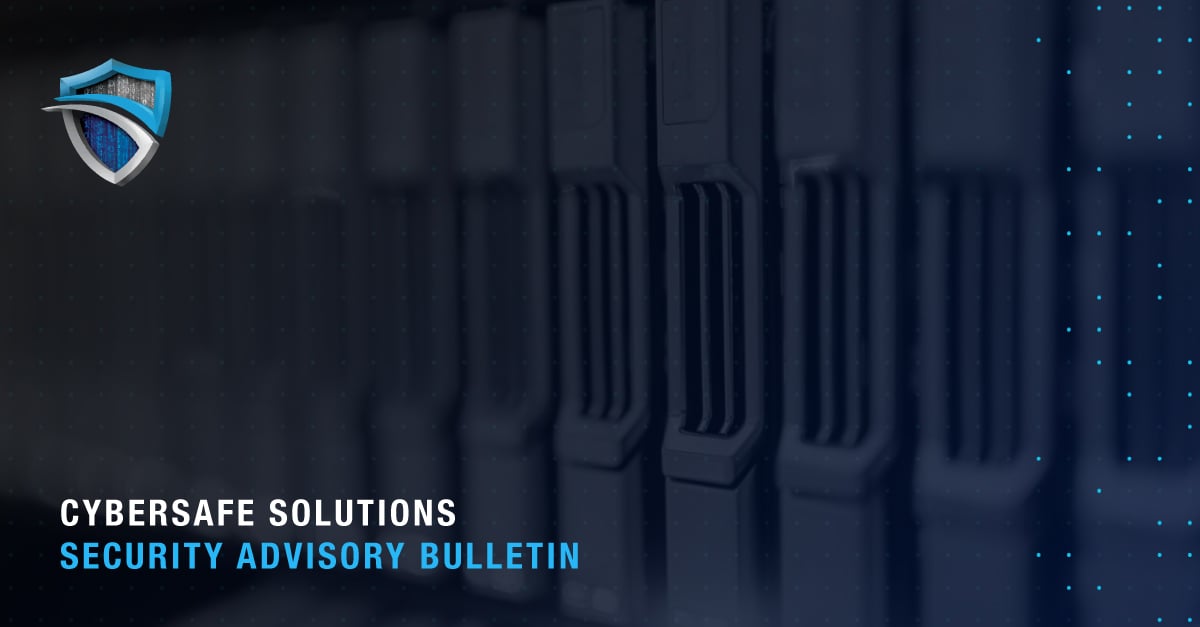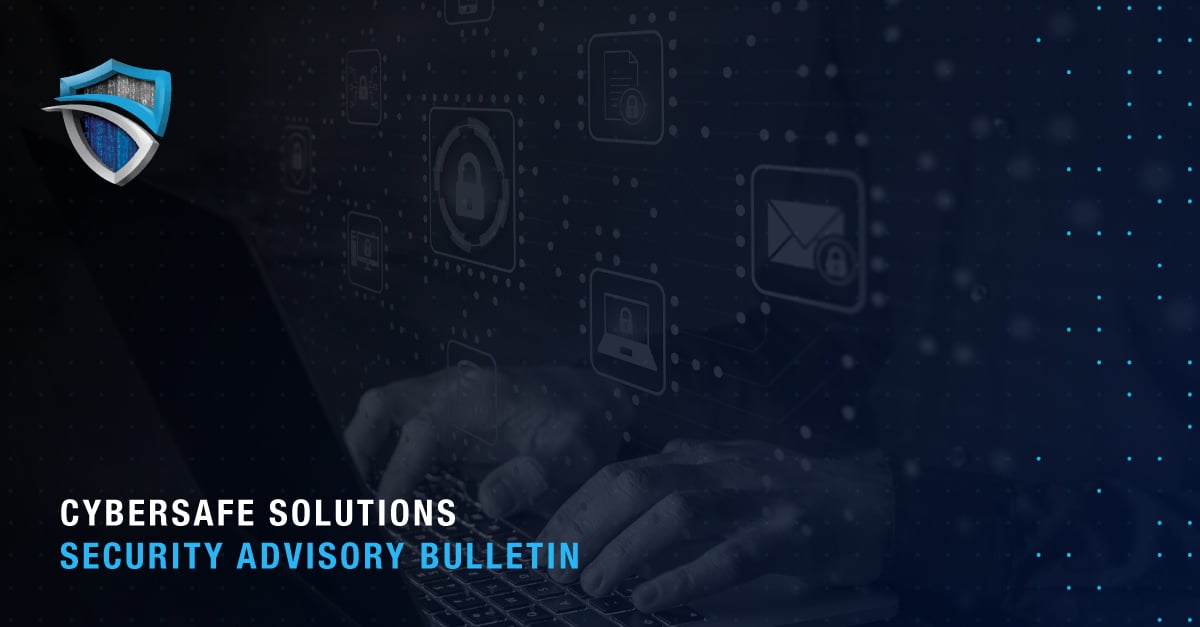Phishing, stolen or compromised credentials, business email compromise, and social engineering. These are just some of the human-based attack vectors widely deployed by threat actors today. According to IBM’s 2023 Cost of a Data Breach Report, together, they are responsible for nearly half of the cyber incidents reported between March 2022 and March 2023 by survey respondents.
Setting up a security awareness training and education (SATE) program can help reduce the probability of these and related attacks on your organization, regardless of its size, industry, or existing cybersecurity posture.
We discuss the benefits of SATE and explore four key indicators of an effective program.
Benefits of Security Awareness Training
At a granular level, security awareness training and education can help reduce the likelihood that your team members will fall victim to an attack. By empowering your workforce with appropriate methods, processes, and training, vigilance can improve significantly, putting your organization on a sounder security footing.
Additionally, a robust training program can help organizations meet industry compliance requirements, support their reputation management, and build customer trust.
A SATE program can also pay dividends when it comes to reducing the cost of cyber attacks. According to Verizon’s 2023 Data Breach Investigations Report, the median cost of a business email compromise attack (BEC) has risen steadily since 2018 and now sits at a whopping $50,000. Related research from IBM suggests employee training is positively associated with lower-than-average data breach costs.
Of course, not all programs are the same. To optimize the benefits of cybersecurity awareness training, look for one with the security awareness training and education components discussed below.
What Program Indicators Should You Look For?
1. Baseline Assessment
If you can’t measure it, you can’t manage it. This famous adage attributed to management guru Peter Drucker is as true for cybersecurity as it is for other forms of business management.
Your first step is to assess where your vulnerabilities lie and how they will likely be exploited. This will help identify the proper starting point for your program.
SATE should begin with simulated phishing attacks to identify the percentage and identities of employees most prone to attacks. Initial results should also include the types of phishing attacks that are most successful.
These metrics enable you to establish baseline levels against which progress can be measured over time and inform your topics when planning your training.
2. Managed Training Campaigns
On-demand, web-based training campaigns covering a wide range of threats provide maximum flexibility and learning for your team. At a minimum, your program should address common tactics such as malicious spam, malware, phishing, and other forms of social engineering. This could also be customized based on industry and specific compliance requirements.
Follow up is equally important. Your program partner should verify that all employees have completed their training and are developing an understanding of the significance of cybersecurity, their related responsibilities, and available resources for helping maintain a robust cybersecurity posture.
3. Simulated Phishing
Regular and iterative testing via simulated threats enables your team to test their training under realistic conditions. More effective programs will deploy real-world and customized phishing templates to pinpoint particular vulnerabilities.
Additionally, “anti-prairie dog” campaigns (tests sent at random) further enhance the realism of testing scenarios.
Regular testing also reinforces the internal staff reporting mechanisms that can help increase awareness of what’s happening in real time. Reporting incidents is critical to mitigating losses and often overlooked in training. Instilling the importance of swift and efficient reporting in people raises awareness across the organization more quickly and helps prevent malevolent messages from spreading.
4. Comprehensive Reporting
Comprehensive reporting is also integral to an effective SATE program. Referencing baseline assessments, this should include data on user actions, trends in failure rates over time, and ongoing follow-up recommendations.
Additionally, while more complex, measuring shifts in attitude are also important. This is typically done via self-reporting and anonymous surveys. One of the best defenses against human-factor threats is your organization’s culture. While it can take time to develop, an ethos of awareness, vigilance, and action can be self-reinforcing and last for generations of employees.
Identifying the Right Security Awareness Training Partner
Improving your organization’s defense against human-based threat vectors is an evolving process essential to fortifying your cybersecurity posture and managing business risk. Effective training should address knowledge gaps and reinforce security-aware attitudes and behaviors across an organization so it becomes part of its DNA.
Finding the right SATE partner is critical to success.
Cybersafe Solutions provides a forward-thinking program combining effective awareness training and simulated phishing to better prepare your team to address cyber threats. Selected security awareness training and education components include:
- On-demand browser-based training covering common threats and social engineering red flags
- Quarterly training campaigns and training reports, including campaign summary and user completion activity
- Artificial Intelligence (AI)-driven phishing campaigns
- “Anti-prairie dog” campaigns
- Monthly phishing tests and reports that include User Action Summary, Failure Rate Over Time, and User Action Report
Your cybersecurity posture is only as good as your weakest element. An effective cybersecurity awareness training program will help ensure your team is prepared for today’s and tomorrow’s human-based cyber threats.
Cybersafe is a leading MSSP providing unmatched continuous monitoring, risk assessment, incident response, and more. For more about how to bolster your cybersecurity posture with our services, schedule a consultation or contact us today.




